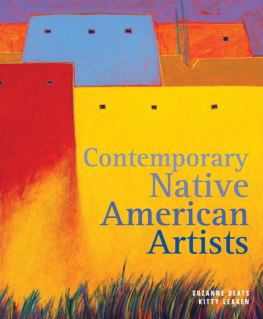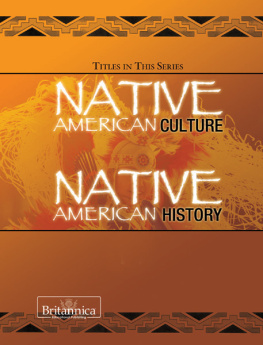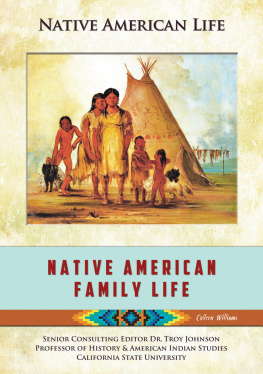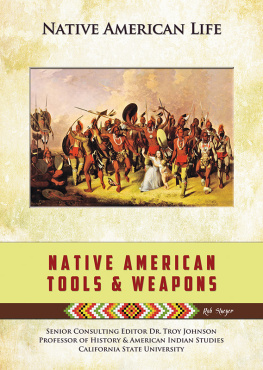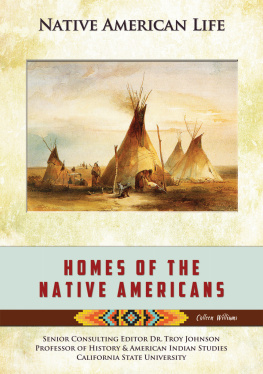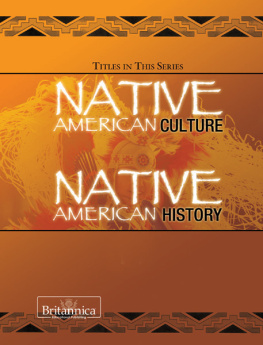Designed and set in Quadraat Pro by Rebecca Evans. Manufactured in the United States of America. The paper in this book meets the guidelines for permanence and durability of the Committee on Production Guidelines for Book Longevity of the Council on Library Resources. The University of North Carolina Press has been a member of the Green Press Initiative since 2003.
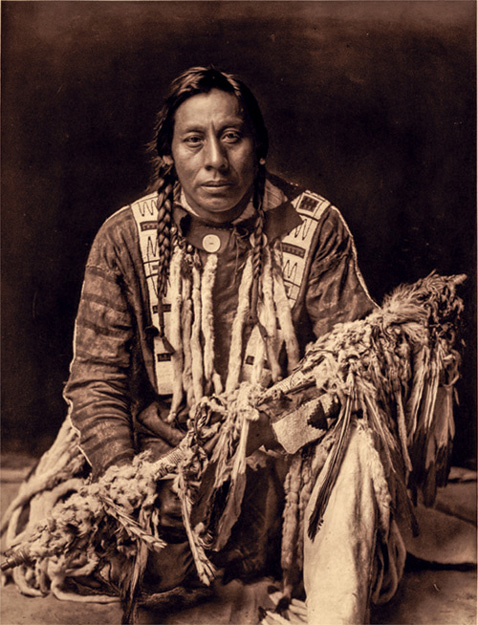
Plate 1. Edward S. Curtis, A Medicine PipePiegan (volume 6, portfolio plate 199). Northwestern University Library, Edward S. Curtiss The North American Indian, 2003.

Plate 2. Edward S. Curtis, In a Piegan Lodge (volume 6, portfolio plate 188). Northwestern University Library, Edward S. Curtiss The North American Indian, 2003.
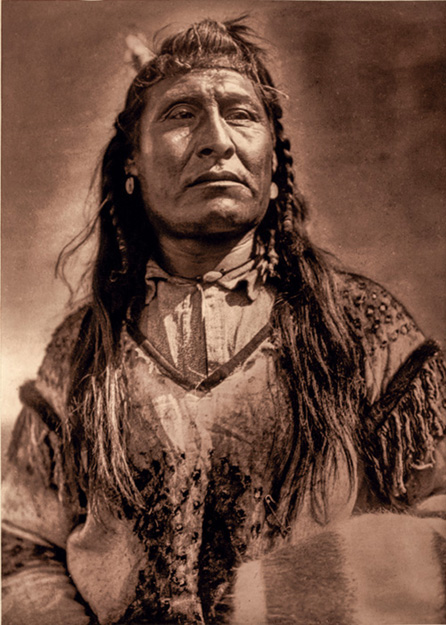
Plate 3. Edward S. Curtis, New ChestPiegan (volume 6, portfolio plate 200). Northwestern University Library, Edward S. Curtiss The North American Indian, 2003.

Plate 4. Edward S. Curtis, UpshawApsaroke (volume 4, portfolio plate 139). Northwestern University Library, Edward S. Curtiss The North American Indian, 2003.
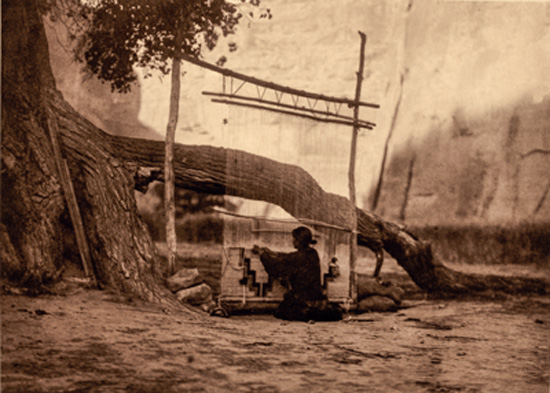
Plate 5. Edward S. Curtis, Blanket WeaverNavaho (volume 1, portfolio plate 34). Northwestern University Library, Edward S. Curtiss The North American Indian, 2003.
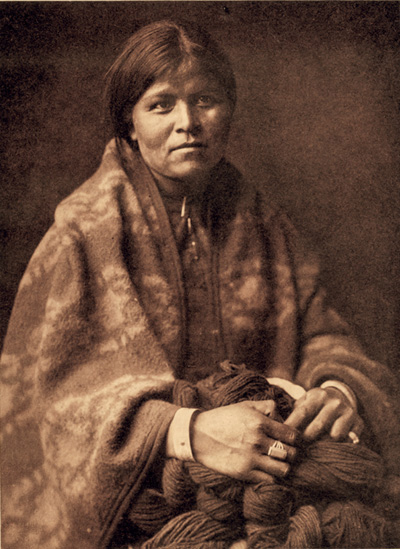
Plate 6. Edward S. Curtis, The Blanket MakerNavaho (volume 1: facing 76). Northwestern University Library, Edward S. Curtiss The North American Indian, 2003.
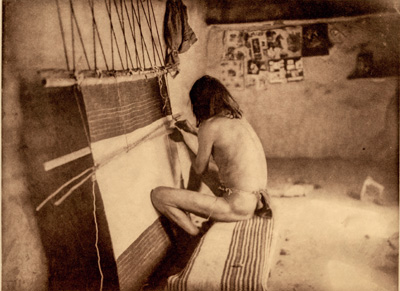
Plate 7. Edward S. Curtis, The Weaver (volume 12:facing 84). Northwestern University Library, Edward S. Curtiss The North American Indian, 2003.
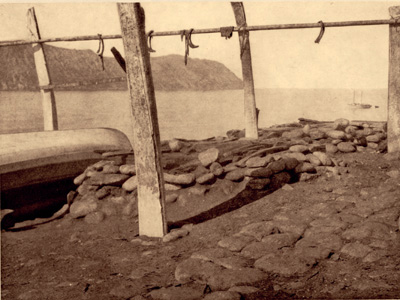
Plate 8. Edward S. Curtis, Underground House Tops with Whale-Rib Drying Rack. Diomede (volume 20:facing 116). Northwestern University Library, Edward S. Curtiss The North American Indian, 2003.
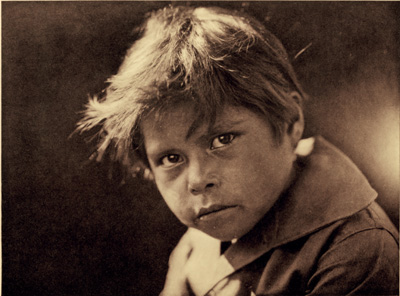
Plate 9. Edward S. Curtis, A Comanche Child (volume 19:facing 192). Northwestern University Library, Edward S. Curtiss The North American Indian, 2003.
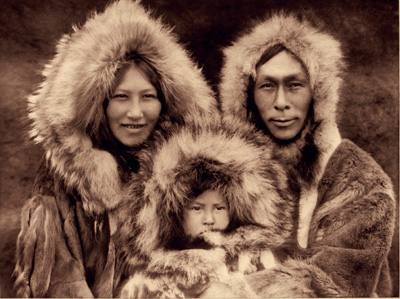
Plate 10. Edward S. Curtis, Family GroupNoatak (volume 20, portfolio plate 717). Northwestern University Library, Edward S. Curtiss The North American Indian, 2003.
Part I: Introduction
Chapter 1: Photography, Portraiture, and Time
This book explores relationships between aesthetics, ethics, and the human experience of time in photography; it does so through a series of sustained close readings of one work, unique in the histories of photography, of anthropology, and of the Native American cultures of the United States: Edward S. Curtiss The North American Indian. These readings are preoccupied above all with the ways in which the crisis of temporality brought on by the vast and profound cultural damage experienced by Native peoples, especially in the last decades of the nineteenth century and the early decades of the twentieth, comes to inhabit, in quite unexpected ways, the faces in Curtiss portraits. The North American Indian is able to bring into view, subtly but richly, the fracturing of self and communityand also the dignity and labor with which the individuals in front of Curtiss camera gathered up the fragments of the self in an effort to survive the ruins of their cultures. Undeniably, this achievement sits side by side with ethical and aesthetic failures in The North American Indianthe attitudes and ideologies that underwrote American colonialism have left traces in the work that are all too visible. But the present study focuses on what is exceptional rather than typical in the work: the achievement is consistent and great enough to warrant the reassessment undertaken here. This reevaluation is grounded equally in a new understanding of Curtiss photography and of his work as a maker of photographic books and in the proposal that the Native Americans photographed by Curtis be considered, to some degree at least, coauthors of the visual meanings of The North American Indian. Hundreds of Native Americans contributed to the making of the project, and even today Native Americans embrace Curtiss work more widely than that of any other photographer. The present study does not claim to speak of the motivations and intentions of the men, women, and children who contributed to the making of the collection in any definitive way. But it does, I hope, provide an account of The North American Indian that opens up possibilities beyond interpretive

Figure 1.1. Author, volume, and portfolio of The North American Indian.
Published between 1907 and 1930, The North American Indian comprises twenty volumes of photographic images and ethnographic text, each volume accompanied by a portfolio of additional large-format, loose-leaf photogravures (figs. 1.1, 1.2, 1.3). The project is, in fact, the work not only of Curtis but also of a shifting team of ethnographers, Native American assistants and informants, editors, and technicians working under his directorial instruction, and it is not only by far the most photographically accomplished and influential record ever produced of Native cultures in the United States but also the largest, the longest, the most ambitious and the most expensive project ever attempted in photography. By the time he had completed work on


